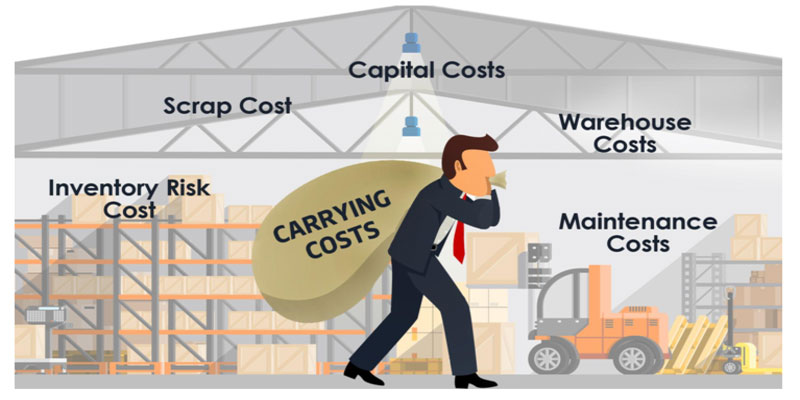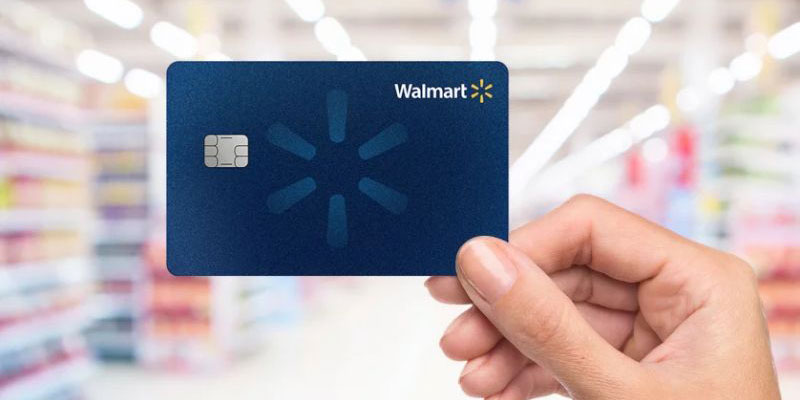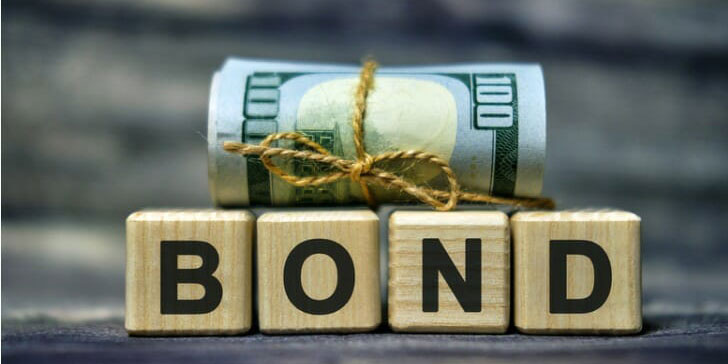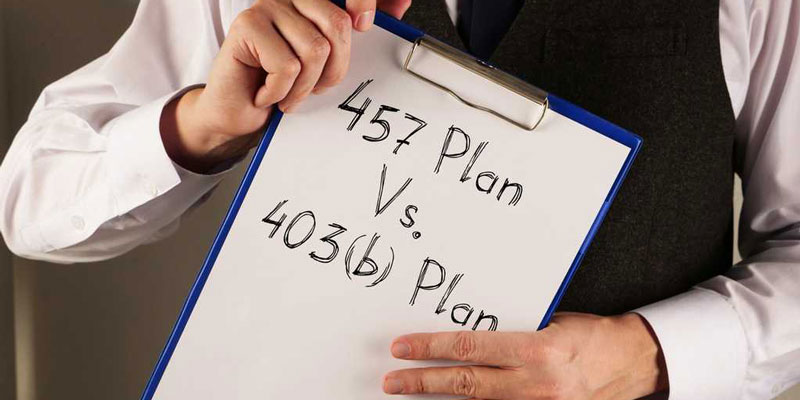What is Student Loan Bankruptcy
May 26, 2025 By Kelly Walker
Filing a student loan bankruptcy and Chapter 13 or Chapter 7 bankruptcy are two different legal proceedings. The bankruptcy court must receive an adversary complaint from borrowers who may want to discharge their student loans through bankruptcy. The court will assign the adversary lawsuit a different case number from the active bankruptcy case after the complaint against the lender is filed.
By filing the adversary complaint, you claim you don't make enough money to repay your student loans without suffering financial hardship. You must provide proof to back up your statement during this separate procedure, and the specific standards to satisfy the court will rely on which Means test is implemented in your case.
How Does Student Loan Bankruptcy Work

In some circumstances, you may be able to discharge your student debt, but the procedure is more involved than it is for other debt categories. Your student loan will not necessarily be discharged if you file for student loan bankruptcy.
You must first submit a Chapter 13 or Chapter 7 filing. You will next need to complete a further step by starting an adversarial proceeding.
Filing for bankruptcy can negatively impact your credit score, substantially harming your financial life. Consider the advantages and disadvantages before skipping payments and declaring bankruptcy to pay off your student loans.
What should you know about Bankruptcy?
Bankruptcy is classified into two types: Chapter 7 (the most common) and Chapter 13. If you file successfully in either situation, you won't be required to pay back some debts, and wage withholding and other debt recovery actions will stop.
There is a lot of paperwork to fill out and information to disclose when filing for either Chapter 13 or Chapter 7 bankruptcy, including your income, assets, debts, and expenses. The bankruptcy court will appoint an impartial trustee to meet with your debtors and verify your debts. Also, you must attend credit counseling.
How to File for Student Bankruptcy Loans
Consider these factors before filing bankruptcy for student loans:
You might owe more than you think: The bankruptcy court would decide how much you'll pay each debtor monthly. You can pay more interest on your student loans if you have other debts that take precedence over them.
Your Loan Type: It is easier to discharge private student loans or settle it in bankruptcy than federal student loans. Private student loans don't give income-driven repayment schedules, but federal student loans do.
You have no other debts except your student loan: If you have no other loans, you probably won't succeed in discharging your loan.
Filing fees: Unless the court revokes them, you must pay the filing fees. If you have legal representation, the court might decide that your situation isn't dire enough to justify a discharge of your student loans. Consider hiring a lawyer to represent you for free or at a reduced rate.
Filing an Adversary Proceeding
If you owe a student loan debt, filing an adversary proceeding in a student loan bankruptcy case is essential. Whether or not your loan should be discharged in an adversarial proceeding is decided.
"A complaint" is part of the adversary proceeding documentation. The complaint includes administrative information, like the case number of your student loan bankruptcy filing and the specifics of your undue hardship that led to your request for a bankruptcy discharge of your student loans.
Student Loans Discharge and Undue Hardship in Bankruptcy Filing
You must meet an additional requirement for student loans to be discharged in bankruptcy. The Brunner test, termed after a court case from 1987, is commonly used by judges to decide whether you and your dependents will experience an "undue hardship" due to your debt.

- If you can demonstrate that repaying your student loans will make it difficult for you to support a "minimum" living level for yourself and your dependents, given your existing income and expenses, you have proven undue hardship.
- This will likely not alter during the remaining of the loans' payback term
- Up to this point, you have made an "honest" attempt and done your best to repay the debts.
To file for student loan bankruptcy, you must complete a required credit counseling course and then provide the U.S. Bankruptcy Court with information regarding your debt and financial position. You must demonstrate your inability to pay the bills according to your means to file for Chapter 7 bankruptcy. The court will choose a bankruptcy administrator to oversee the Chapter 7 repayment plan and the liquidation of assets.
You'll need to take an additional step to request the cancellation of your student loans during the bankruptcy filing process. The court will be asked to decide whether you fulfill the criteria for undue hardship based on the financial information you submit in your petition in what is known as an adversary proceeding.
You'll have to pay an attorney's fee and a filing fee while filing for bankruptcy. Due to the difficulty of eliminating student loans in bankruptcy, consulting a lawyer is a wise move.
If you can't fulfill an undue hardship, you can consider declaring Chapter 13 bankruptcy and receiving a monthly student loan payment, depending on your court-ordered payment schedule. As either a result, you might be able to make a smaller payment or choose to pay off your debts more quickly. You could then have the remaining balance discharged based on undue hardship once the three to five years have passed.
The Bottom Line
Filing for student loan bankruptcy doesn't guarantee an exact result. If the bankruptcy court finds that paying back your student loans would be too difficult, it may discharge them. Or, you can still be required to pay back what you owe, along with any extra interest that has accumulated, collection costs, attorney fees, and court fees. Alternatively, you might be eligible for a partial discharge or loan restructuring.

How Much Does Inventory Carrying Cost?

What is Growth Stocks

Ways to Make Walmart Credit Card Payment

What Is the Maximum Conforming Loan Amount?

Bank Promotions for Opening Accounts

What Is The Premium Tax Credit, Form 8962 Of The Internal Revenue Service?

Difference Between Series EE and Series I U.S. Savings Bonds

Settling-In Allowance: What is it?

10 Best Small Personal Loan Options for 2020

What Is The Difference Between Interactive Brokers And Td Ameritrade?

What is a Credit Limit
